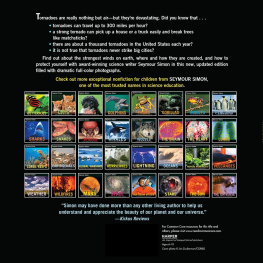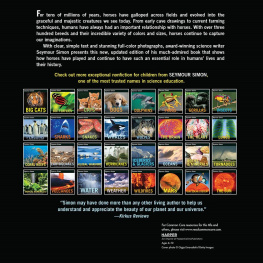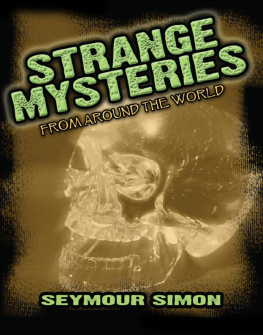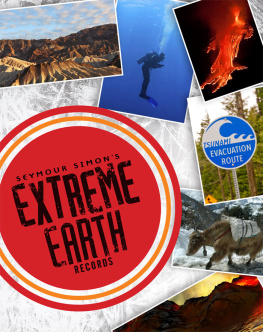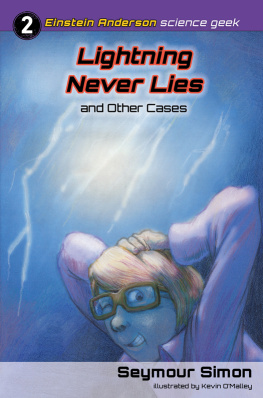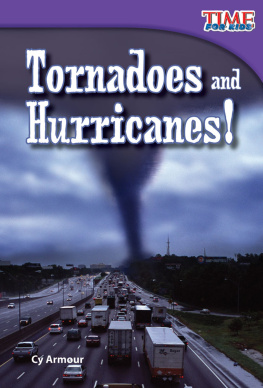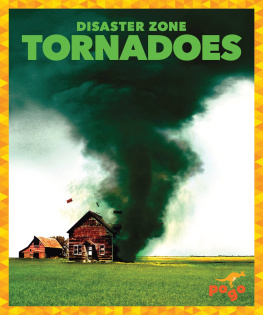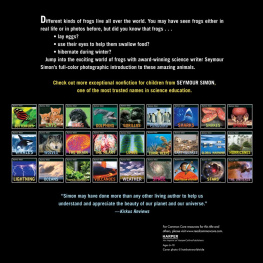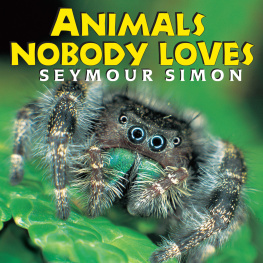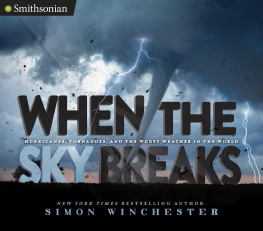Seymour Simon - Tornadoes
Here you can read online Seymour Simon - Tornadoes full text of the book (entire story) in english for free. Download pdf and epub, get meaning, cover and reviews about this ebook. year: 2017, publisher: HarperCollins Publishers, genre: Art. Description of the work, (preface) as well as reviews are available. Best literature library LitArk.com created for fans of good reading and offers a wide selection of genres:
Romance novel
Science fiction
Adventure
Detective
Science
History
Home and family
Prose
Art
Politics
Computer
Non-fiction
Religion
Business
Children
Humor
Choose a favorite category and find really read worthwhile books. Enjoy immersion in the world of imagination, feel the emotions of the characters or learn something new for yourself, make an fascinating discovery.
- Book:Tornadoes
- Author:
- Publisher:HarperCollins Publishers
- Genre:
- Year:2017
- Rating:3 / 5
- Favourites:Add to favourites
- Your mark:
- 60
- 1
- 2
- 3
- 4
- 5
Tornadoes: summary, description and annotation
We offer to read an annotation, description, summary or preface (depends on what the author of the book "Tornadoes" wrote himself). If you haven't found the necessary information about the book — write in the comments, we will try to find it.
Tornadoes — read online for free the complete book (whole text) full work
Below is the text of the book, divided by pages. System saving the place of the last page read, allows you to conveniently read the book "Tornadoes" online for free, without having to search again every time where you left off. Put a bookmark, and you can go to the page where you finished reading at any time.
Font size:
Interval:
Bookmark:

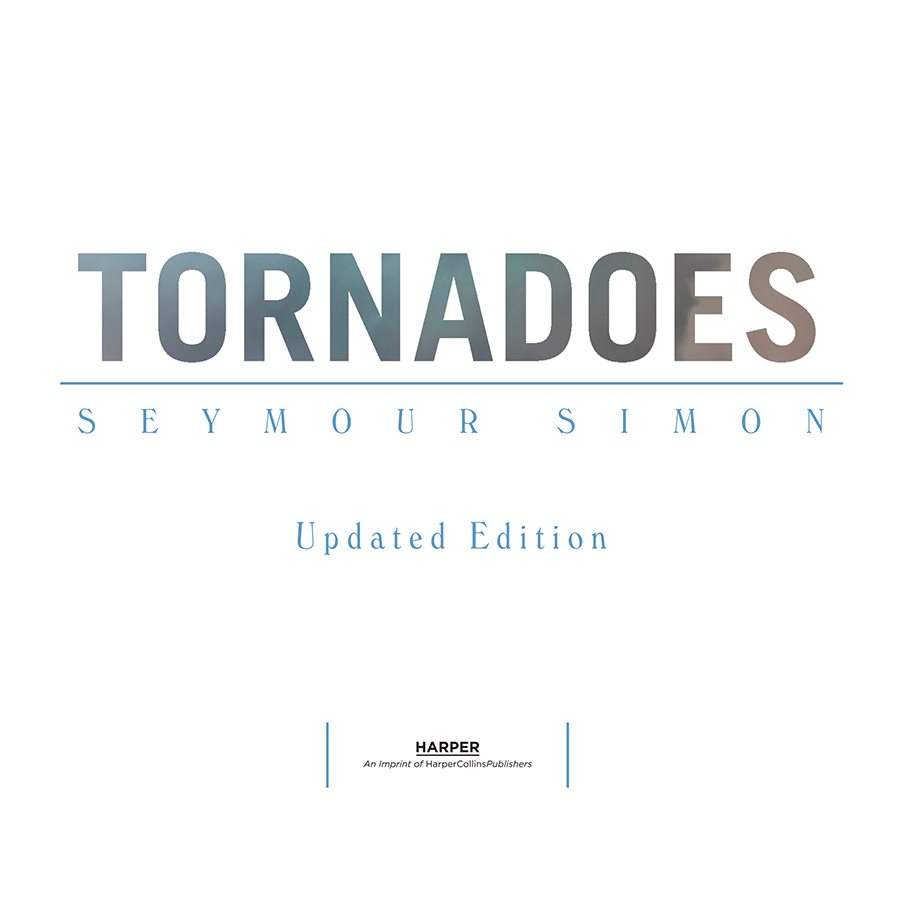
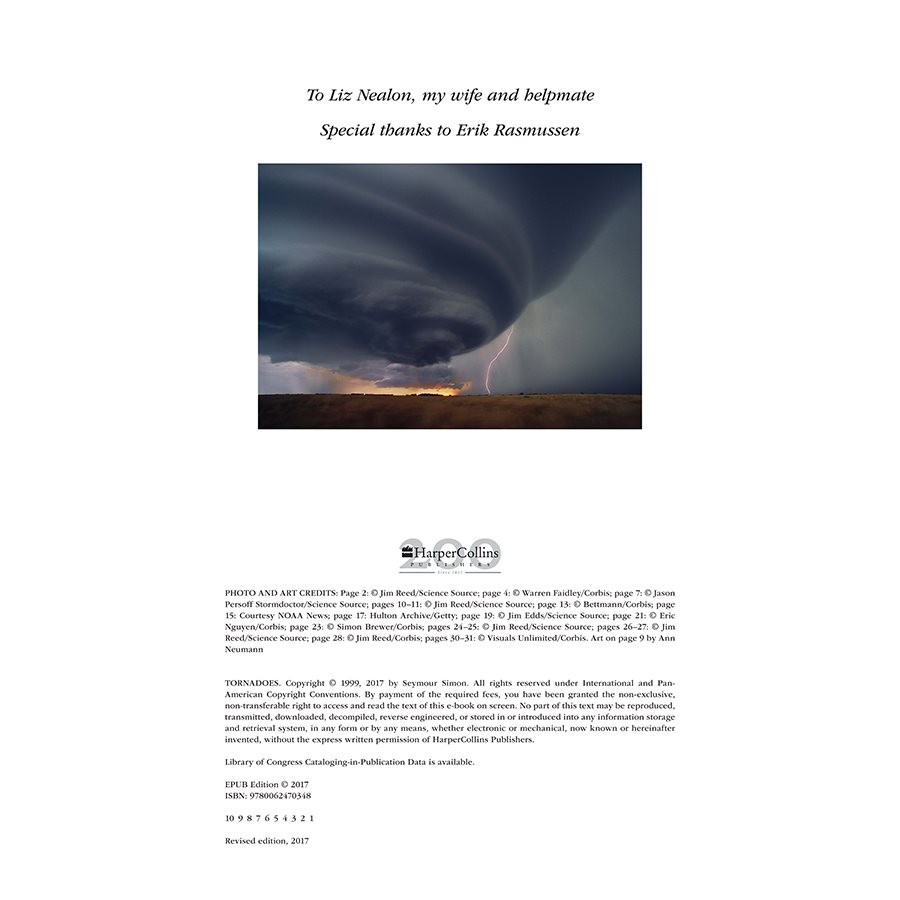

Authors Note
From a young age, I was interested in animals, space, my surroundings all the natural sciences. When I was a teenager, I became the president of a nationwide junior astronomy club with a thousand members. After college, I became a classroom teacher for nearly twenty- five years while also writing articles and books for children on science and nature even before I became a full- time writer. My experience as a teacher gives me the ability to understand how to reach my young readers and get them interested in the world around us.
Ive written more than books, and Ive thought a lot about different ways to encourage interest in the natural world, as well as how to show the joys of nonfiction. When I write, I use comparisons to help explain unfamiliar ideas, complex concepts, and impossibly large numbers. I try to engage your senses and imagination to set the scene and to make science fun. For example, in Penguins, I emphasize the playful nature of these creatures on the very first page by mentioning how penguins excel at swimming and diving. I use strong verbs to enhance understanding. I make use of descriptive detail and ask questions that anticipate what you may be thinking (sometimes right at the start of the book).
Many of my books are photo- essays, which use extraordinary photographs to amplify and expand the text, creating different and engaging ways of exploring nonfiction. Youll also find a glossary, an index, and website and research recommendations in most of my books, which make them ideal for enhancing your reading and learning experience. As William Blake wrote in his poem, I want my readers to see a world in a grain of sand, / And a heaven in a wild flower, / Hold infinity in the palm of your hand, / And eternity in an hour.
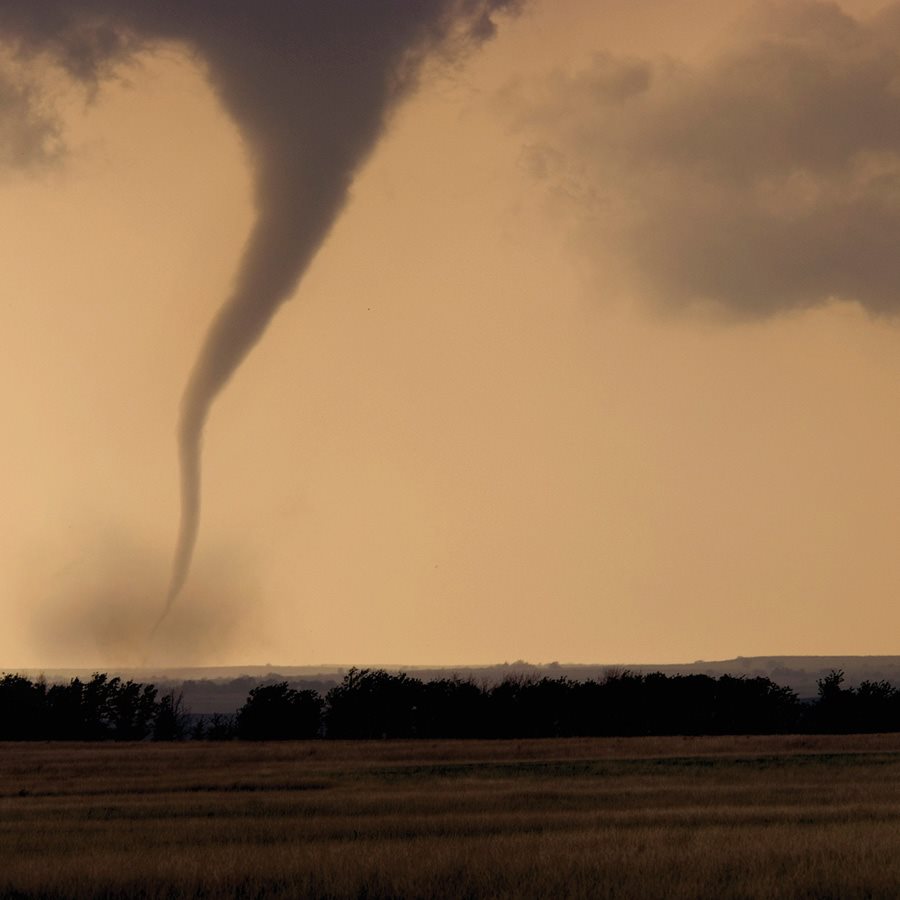

T wisters, whirlwinds, waterspouts, cyclonestornadoesgo by different names. But whatever they are called, theroaring winds of a tornado can toss a truck high into theair, smash a building, and snap the trunk of a tree like amatchstick.
A tornados funnel sometimes looks like a hugeelephants trunk hanging down from a cloud. The funnelacts like a giant vacuum cleanerwhenever the hosetouches the ground, it sucks things up into the air.
Tornadoes (from the Spanish word tronada, meaningthunderstorm) have been reported in every state of theUnited States and in every season. However, they occurmost often in the eastern two-thirds of the country duringthe spring, which is sometimes called tornado season.

A tornado is a powerfully twisting column of air that makescontact with the ground. It is visible when it contains water dropletsin the form of a cloud, or surface dust and debris, or some of both.When a tornado touches down, it usually leaves a cloud of dust andwreckage on the ground. If the twisting column of air is not verystrong, it doesnt pull in debris and is not visible. When the whirlingair becomes strong enough to pull in dust and debris, it makes thetwister visible as a tornado.
All tornadoes are local storms. A typical tornado is four hundredto five hundred feet wide, yet still extends tens of thousands of feetfrom cloud to ground, and has winds of less than 112 miles perhour. It usually lasts only a few minutes and covers only a few mileson the ground. But a few monster tornadoes are a mile wide, canreach upward of thirty thousand feet, and have the strongest windsever measured in nature: up to three hundred miles per hour. Theycan last for an hour or more and travel more than two hundredmiles along the ground, leaving enormous damage in their wake.
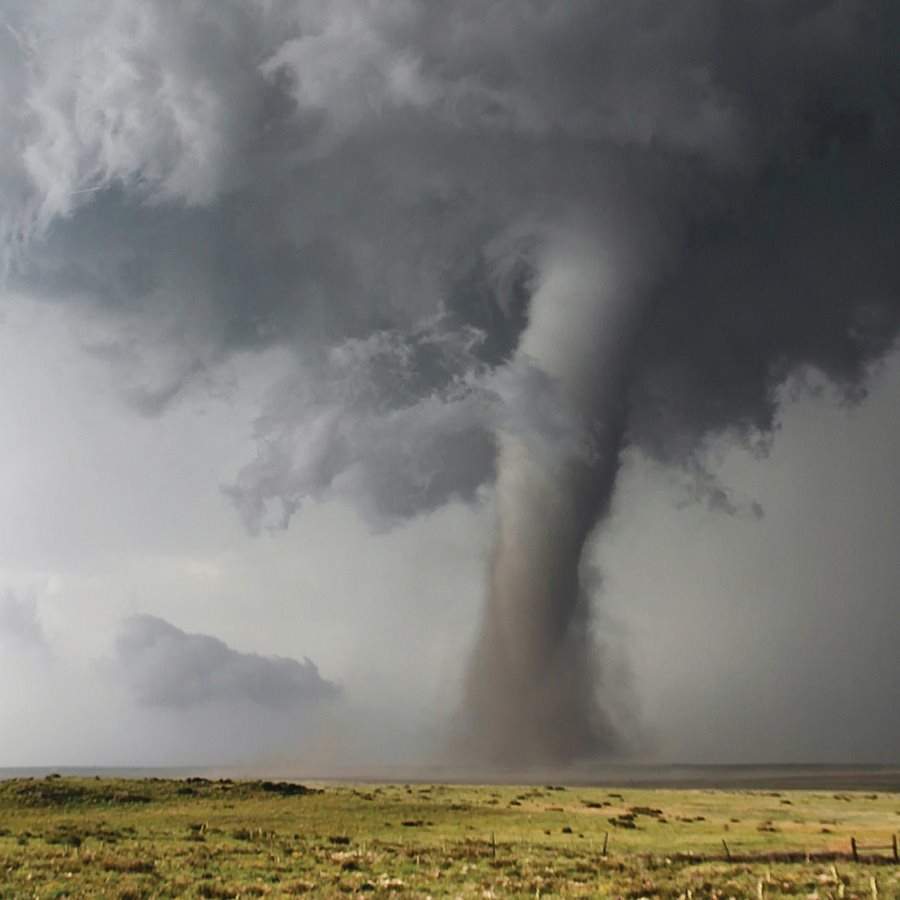

T he first step in the birth of a tornado is usually athunderstorm. Heavy rain produces a downdraft, whichmakes the air along the ground move in a kind of rollingpin action. The spinning air pushes underneath an updraft,where warm humid air rises from the ground. As theseupdrafts cool in the upper atmosphere, the moisture inthem forms clouds. The water droplets or ice crystalsin the clouds grow bigger as water vapor around themcondenses, or becomes liquid. The droplets or crystalsbegin to fall, creating downdrafts, and these downdraftsmeet new spinning updrafts, which continue feedingwarm humid air into the spreading thunderhead cloud.This is the most violent time in a thunderstorm, as theair begins to spin faster and faster.
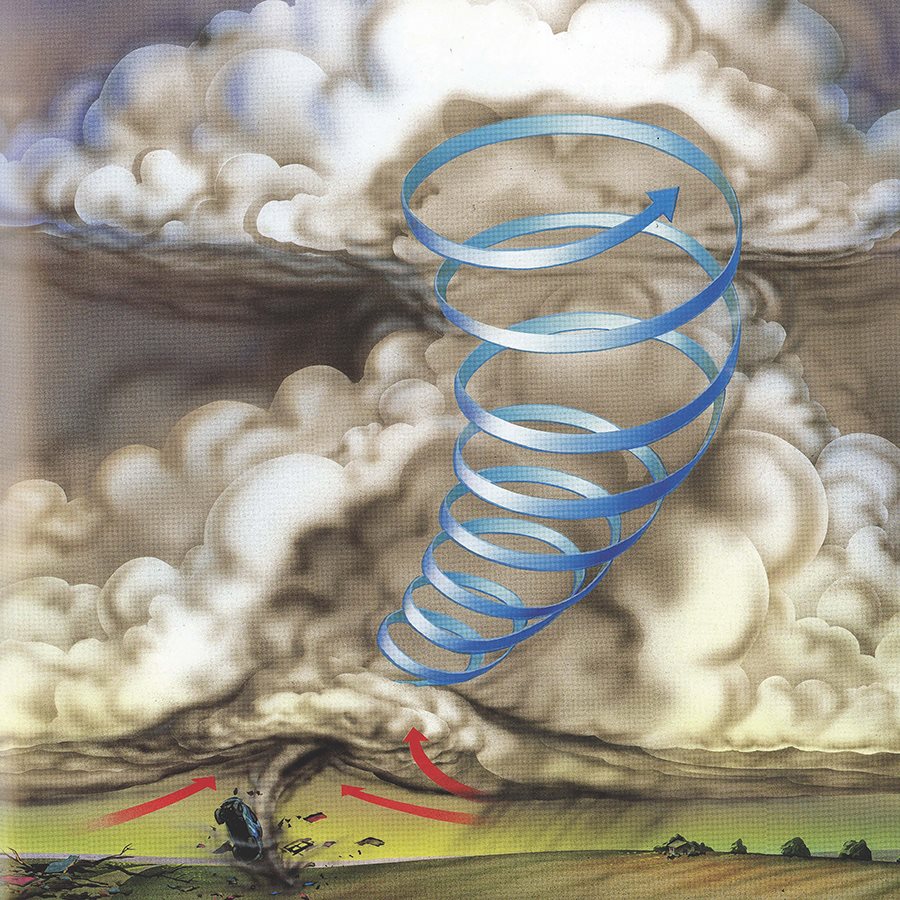
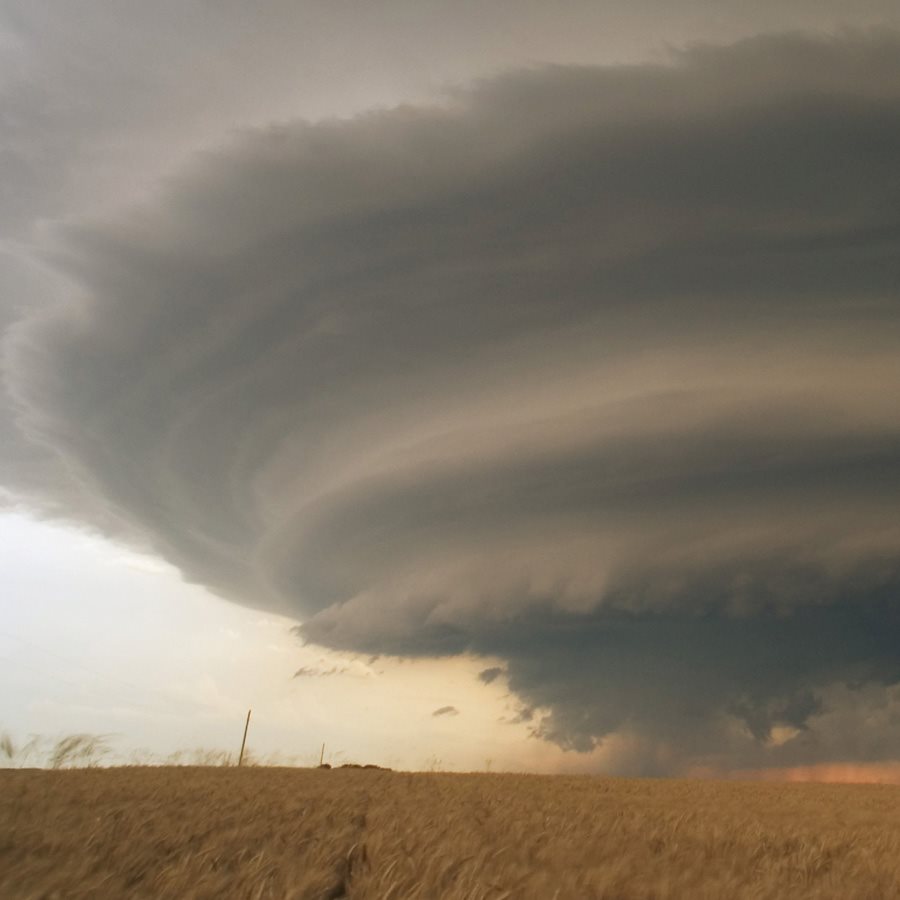
W eather in North America is often caused by air masses and fronts. Airmasses can be cool or warm, moist or dry. For example, cool dry air comesfrom northern lands, while warm moist air comes from the Gulf of Mexicoand the Pacific Ocean. Air masses push each other across the lines wherethey meet, which are called fronts.
Large -scale weather systems that contain air masses, fronts, and upperatmosphere winds called jet streams sometimes combine to form and growlarge storms and tornadoes. The keys to tornado formation are to havewarm moist air near the ground and cool air above. This gives the storms energy as the warm air rises rapidly. Another key is to have strong upper
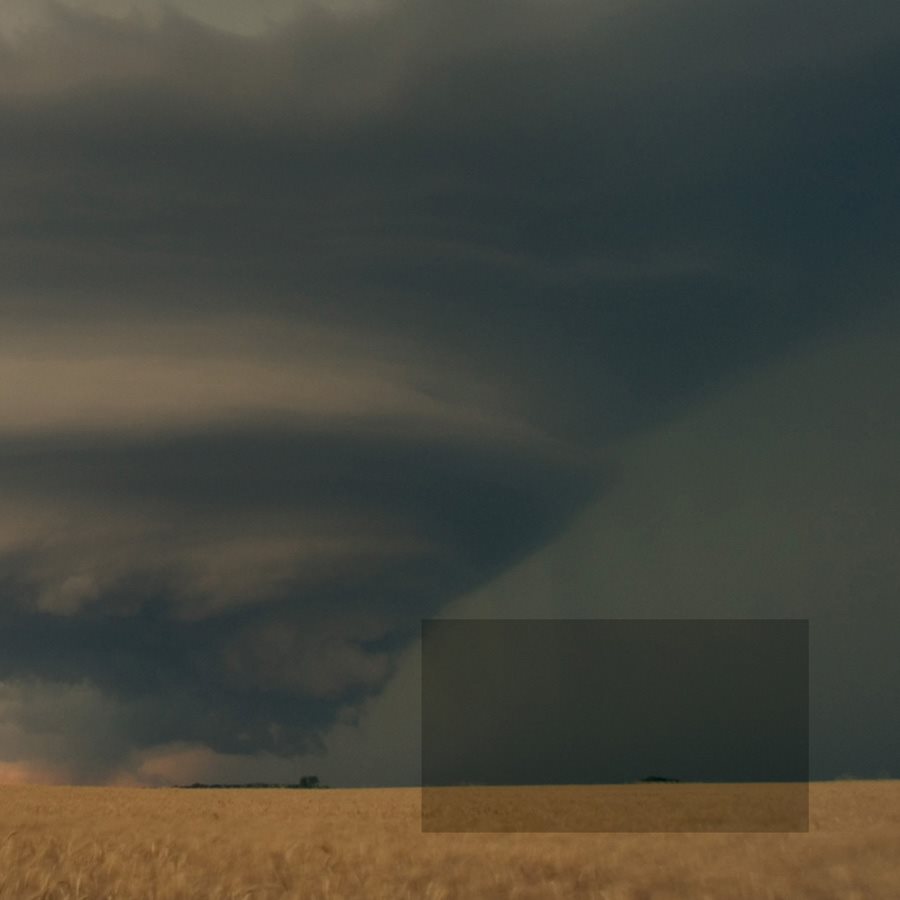
winds blowing at an angle to lower winds. This gives the storm a spinningtop. The third key is to have the storms kicked into motion by the rapidmovements of air masses along the ground.
Sometimes a rapidly spinning thunderstorm, called a supercell, formsfrom a smaller storm. Supercells often develop spinning winds inside themcalled mesocyclones. Some die out after a few minutes, while others spinfaster and form funnel clouds at their bases. The strongest tornadoes formin association with mesocyclones.
Supercells are most common between April and June,and they are most likely to occur in an area known astornado alley, which runs from central Texas as far northas Illinois and Indiana and as far east as Kentucky. FromNovember to April, supercells form in some southernstates, and from July through September, they can occurin the Southwest and the Northeast.
Font size:
Interval:
Bookmark:
Similar books «Tornadoes»
Look at similar books to Tornadoes. We have selected literature similar in name and meaning in the hope of providing readers with more options to find new, interesting, not yet read works.
Discussion, reviews of the book Tornadoes and just readers' own opinions. Leave your comments, write what you think about the work, its meaning or the main characters. Specify what exactly you liked and what you didn't like, and why you think so.

